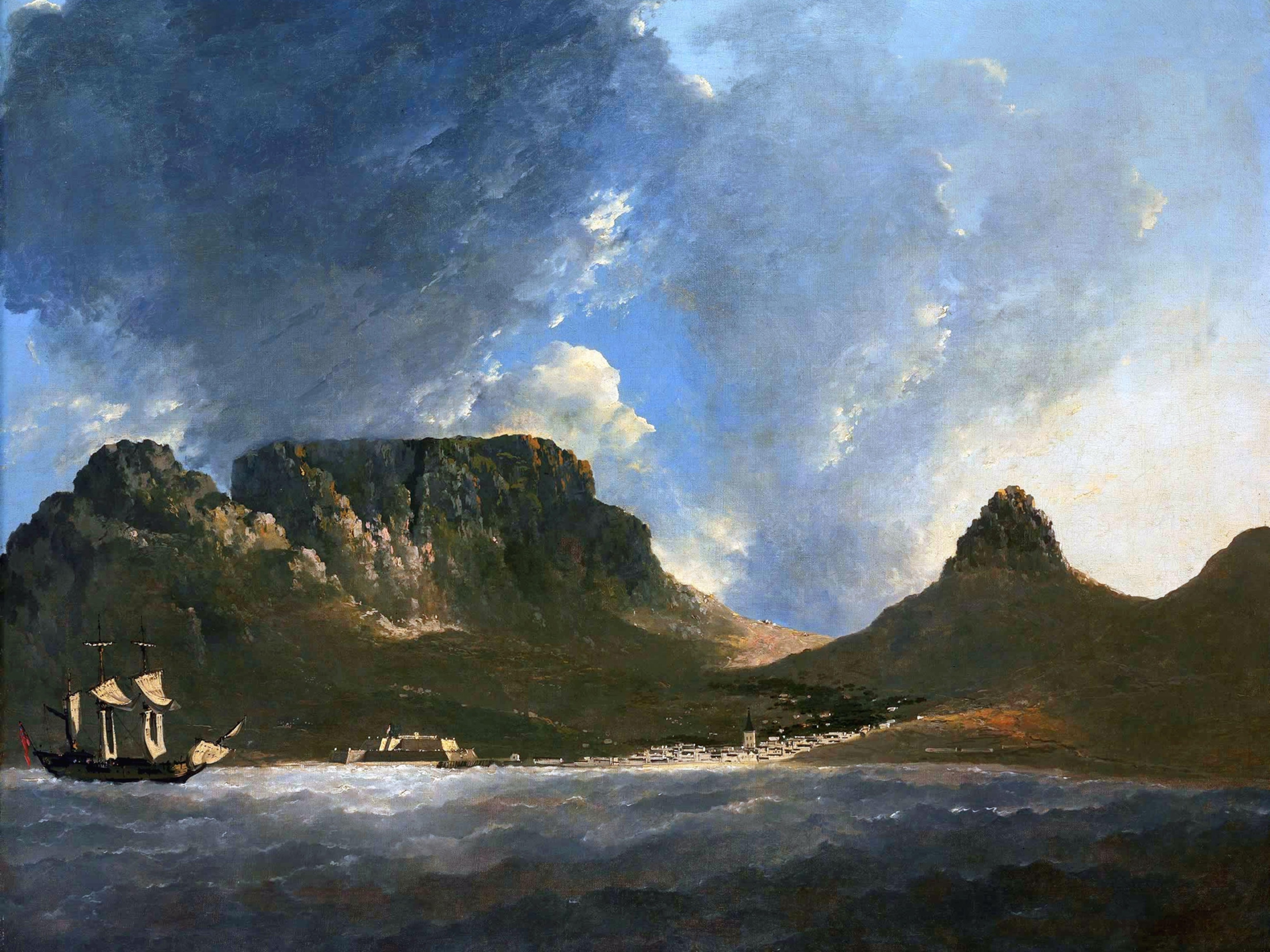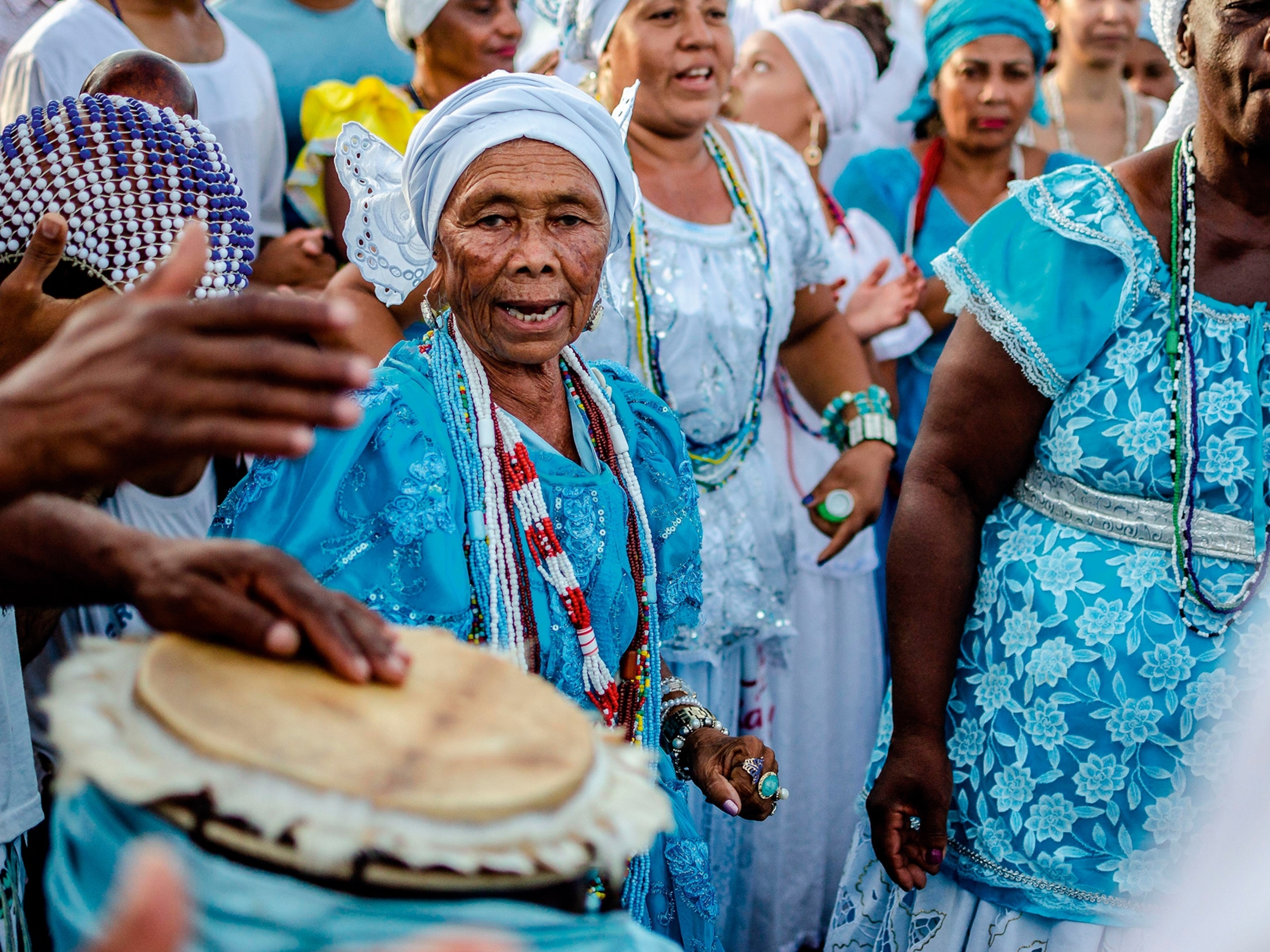
The Women Who Escaped Slavery at the Hands of ISIS
In mid-November Kurdish forces, backed by U.S. airstrikes, managed to expel ISIS fighters from the Iraqi city of Sinjar. The militant group had overrun the town in August 2014—killing and enslaving vast numbers of the Yazidi religious minority in what came to be known as the Sinjar Massacre.
Thousands of Yazidi fled to Mount Sinjar, where they faced desperate conditions while waiting for rescue. In the village, men, children, and older women were killed, while thousands of younger women were kidnapped, raped, and sold into slavery.
Closely following this story was Kurdish photojournalist Seivan Salim, who was born in Iraq but forced to flee as a child. In a refugee camp, months after the massacre, she met some of the women who had escaped from slavery and was so haunted by their stories that she knew she had to do something—anything—to bring injustice to light.

Photographer’s note: Identifying details of the girls’ accounts have been omitted, their names changed, and identifying physical features and designs (such as tattoos) deleted in order to ensure their safety.
Salim’s photos, as well as intimate stories told by the women, are presented in “Escaped,” a deep and moving project that’s part of “Map of Displacement,” a larger online storytelling project built by the Metrography photo agency and writers from all over the world.
“Each of their stories was tragic. Their suffering was so great,” says Salim. “I felt it was my duty to show it, as a Kurdish woman and a photojournalist who can connect with them in their own language. The world must know what is happening to the girls still in captivity.”
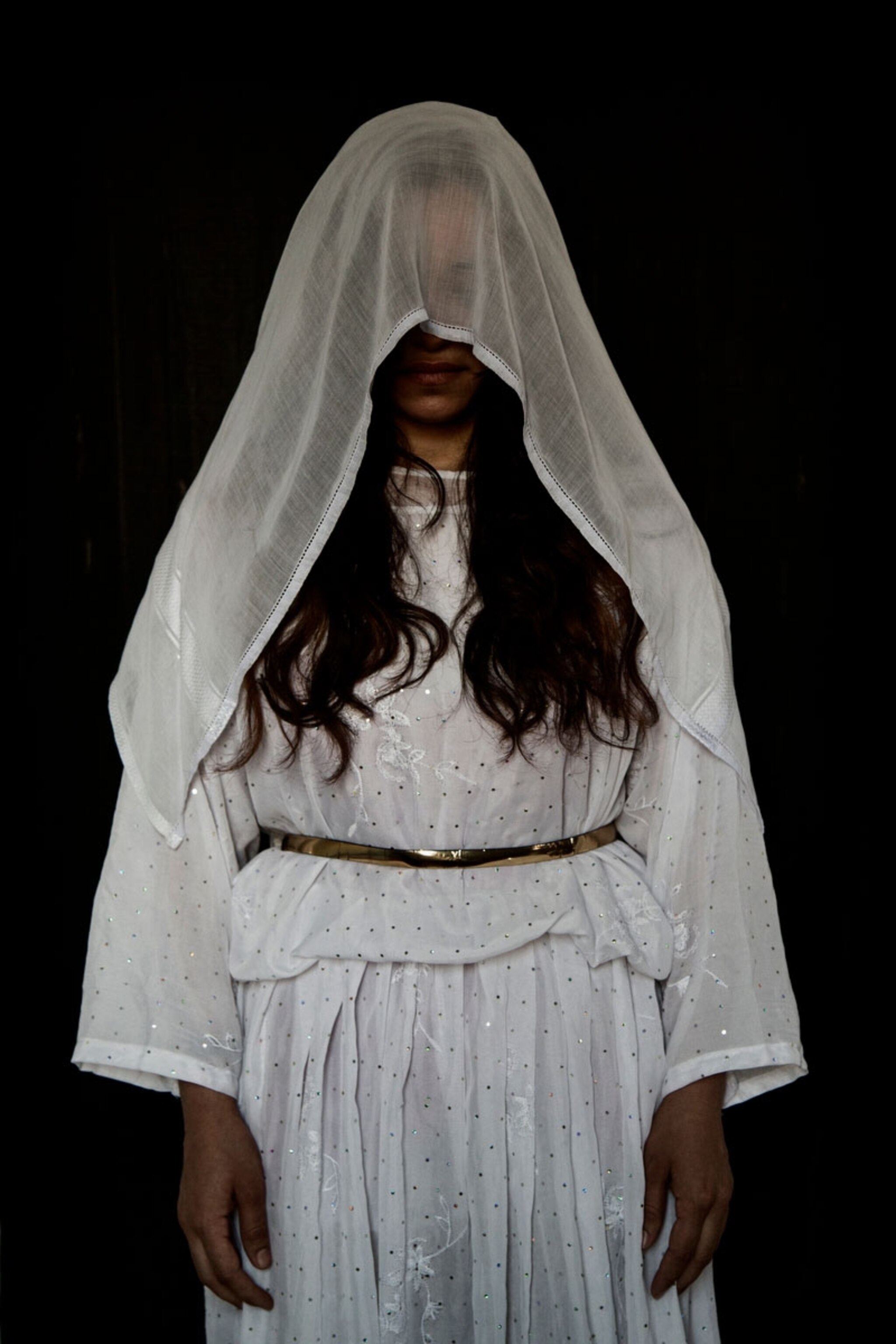
Before taking the women’s photos, Salim listened to their stories. Many were too traumatized to talk about what had happened to them. Some had been sold multiple times. Some had gotten pregnant by their captors. Most had family members killed.

She promised anonymity to those who agreed to be photographed and asked permission to depict them in the traditional white Yazidi wedding dress.
“Traditionally and religiously, the right to have sex is only after marriage. This right was stolen by ISIS,” says Salim. “I wanted to say that they are still chaste and pure in heart.”
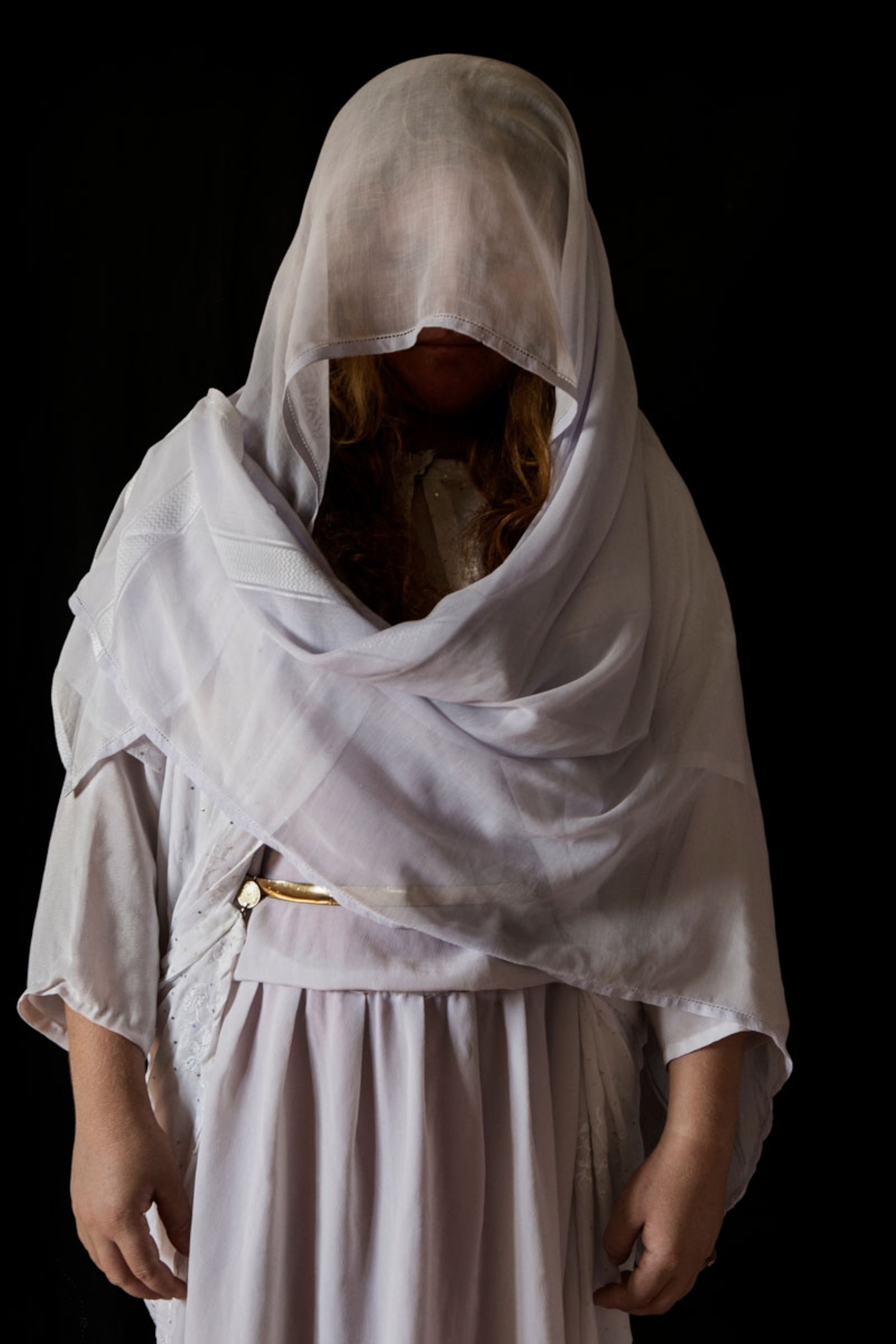
Even when she came up with the concept, acquiring a white dress to use was a challenge—most people had lost everything while fleeing from ISIS. But she finally tracked down a dress through a family that had been able to return home and salvage some possessions. Because she only had one dress, for each portrait Salim changed the scarf, belt, and style to make it unique to each woman.
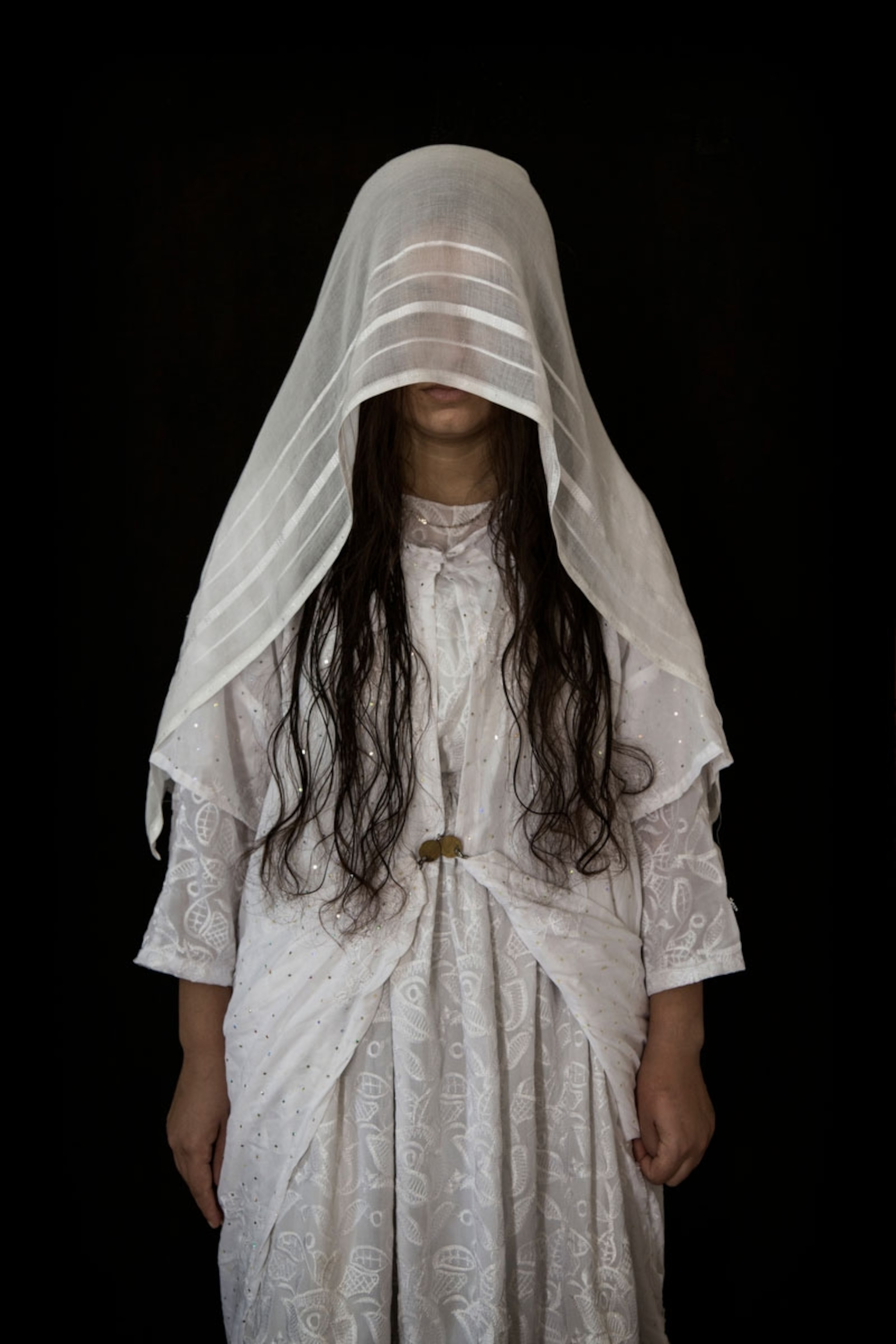
“Working on this subject has become my passion, and I’ll work on it as much as I can,” she says.
“Their suffering must never be forgiven and must never be forgotten. I can’t understand why some people must suffer in this century for their style of worship. I hope people know more what ISIS truly is from these testimonies.”
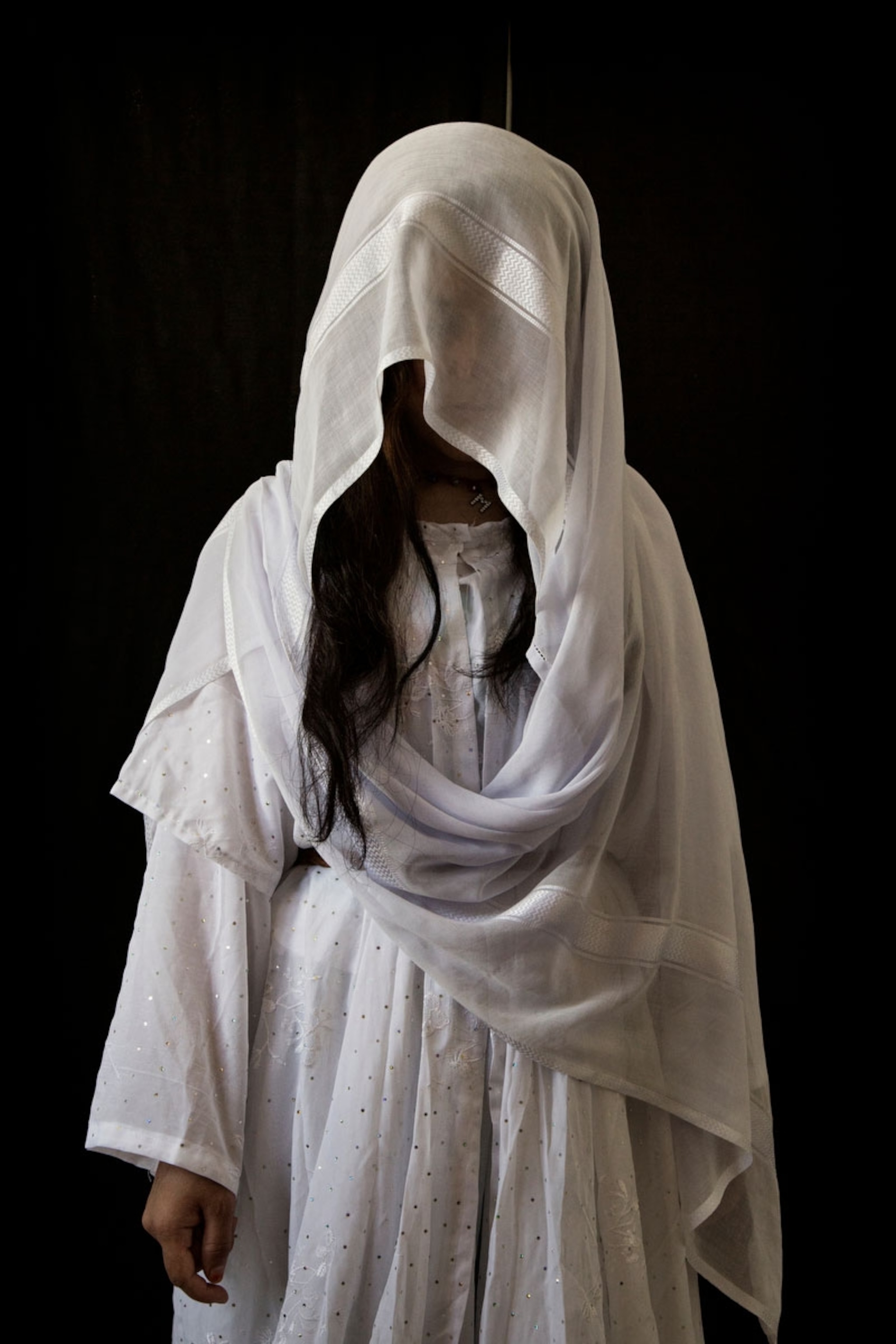
Seivan Salim fled Iraq with her family when she was a baby. She grew up in northern Iran and returned to Iraq in 2012. She worked for local Kurdish media in 2013 and is now a freelance photographer—shooting for the AP and collaborating with the Metrography photo agency.
More of these images and stories can be seen on the photo site Map of Displacement.
To learn more about how to help Yazidi women who have been affected by ISIS, visit www.yazda.org



